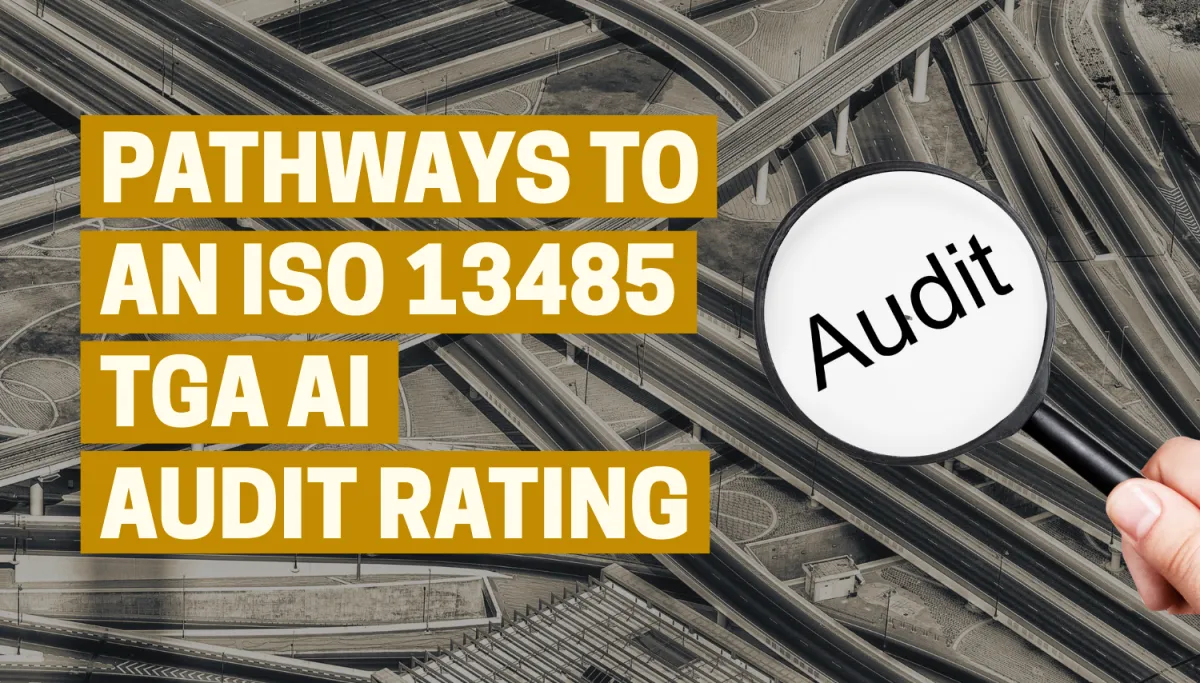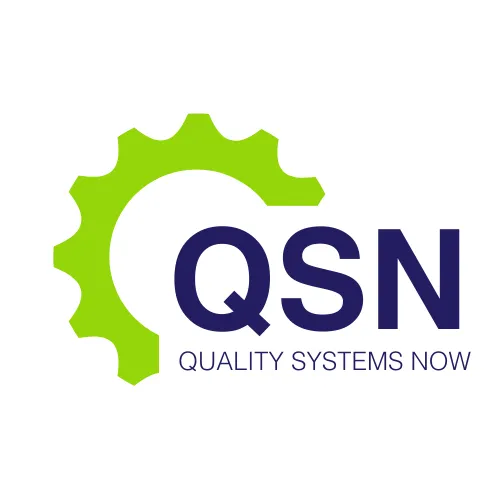NEWS

Pathways to an ISO 13485 TGA A1 Audit Rating
At Quality Systems Now, we specialise in helping businesses navigate complex regulatory environments in the life sciences sector. For medical device manufacturers operating in or exporting to Australia, achieving a TGA A1 audit rating under the ISO 13485 quality management framework represents the highest level of audit performance and compliance readiness. It’s not merely a symbolic achievement—it can significantly accelerate market entry, enhance global competitiveness, and build trust with healthcare providers and patients alike. This article explores the structured pathways to achieving a TGA A1 audit rating for ISO 13485-certified organisations and outlines the strategies and best practices we implement to support our clients on their regulatory journey.
Understanding the TGA and the Significance of the A1 Rating
The Therapeutic Goods Administration (TGA) is Australia’s regulatory body for therapeutic goods, including medical devices. All manufacturers intending to supply Class IIa, IIb, III, or AIMD devices in Australia must demonstrate compliance with ISO 13485:2016. However, TGA audits not only assess ISO 13485 compliance—they also categorise manufacturers into audit grades from A1 to A5 based on their compliance maturity.
An A1 audit rating is the most favourable outcome. It indicates full compliance with minimal or no nonconformities, a robust and effective quality management system (QMS), and high levels of regulatory readiness. This rating can reduce future audit burdens and increase the confidence of stakeholders across the supply chain.
Start with a Strong Quality Management Foundation
The pathway to an A1 audit rating begins with establishing a comprehensive, well-documented, and functioning quality management system aligned with ISO 13485:2016 requirements. The QMS should not be a collection of templates but rather a living system embedded in your organisation’s processes.
At Quality Systems Now, we work with clients to ensure their QMS addresses all key areas:
Document control and record-keeping
Design and development controls
Supplier and purchasing management
Production and process control
Risk management
Complaint handling and post-market surveillance
Internal audit and management review processes
We also assist in aligning your quality objectives with business operations to promote continuous improvement and regulatory excellence.
Conduct a Detailed Gap Analysis
Before seeking TGA conformity assessment, it is critical to perform a gap analysis comparing your current QMS against ISO 13485 and TGA expectations. This assessment should also consider:
Australian regulatory requirements (Therapeutic Goods Act and Regulations)
Applicable TGA guidance documents
Market-specific considerations for the devices in scope
Our team at Quality Systems Now conducts deep-dive audits to identify not only technical gaps but also process weaknesses that could lead to major nonconformities during the TGA audit. We provide detailed corrective action plans with clear prioritisation and timelines.
Implement Robust Risk Management Procedures
ISO 13485 places significant emphasis on risk management throughout the product lifecycle, in line with ISO 14971. The TGA expects to see a risk-based approach not only in product design but also in manufacturing, supplier management, and change control.
To work toward an A1 audit rating, your risk management system must demonstrate traceability from hazard identification through to residual risk evaluation, risk mitigation implementation, and effectiveness monitoring.
Quality Systems Now guides clients in building risk management files that integrate seamlessly with design controls, clinical evaluation, and production processes. Risk controls must be appropriate to the device class and intended use.
Prioritise Data Integrity and Record Accuracy
The TGA has increasingly focused on the integrity of data and the accuracy of records. To be audit-ready, your organisation must maintain clear, accessible, and unambiguous records for all activities that impact product quality.
Key records that are routinely sampled in TGA audits include:
Design history files (DHF)
Device master records (DMR)
Device history records (DHR)
Training and competency records
Calibration and maintenance logs
Supplier evaluation and re-evaluation files
CAPA investigations and outcomes
We encourage clients to maintain electronic or hybrid systems with audit trails and version control where possible, ensuring full traceability and compliance with ALCOA+ principles.
Train Personnel and Reinforce a Quality Culture
A common pitfall in ISO 13485 audits is inconsistent staff understanding of quality responsibilities. For an A1 rating, your personnel must not only be trained but also able to demonstrate awareness of how their roles impact product quality and compliance.
At Quality Systems Now, we offer training programs customised to each functional area—production, QA/RA, design, and executive leadership. This helps instil a culture of quality ownership and prepares teams for audit interviews and document presentation.
We also simulate audit scenarios and coach staff on communication strategies, so they feel confident and well-prepared during TGA assessments.
Internal Audits and Management Reviews: More Than a Formality
ISO 13485 requires internal audits and management reviews, but the TGA looks beyond formal compliance. They assess how these systems contribute to ongoing improvement and regulatory robustness.
High-performing manufacturers conduct internal audits that go beyond checklists, focusing on:
Systemic issues
Recurring trends
Effectiveness of corrective actions
Input from post-market surveillance
Management reviews must be driven by meaningful data, such as complaint trends, audit findings, production yield, and customer feedback. They must also result in concrete actions for improvement.
At Quality Systems Now, we help our clients transform these tools into strategic mechanisms for achieving excellence—not just tick-box compliance.
Prepare for the TGA Audit with a Mock Audit
One of the most effective ways to secure an A1 rating is to conduct a realistic mock audit before the TGA visit. A third-party mock audit simulates the conditions and depth of a real assessment, allowing the organisation to test its readiness and uncover any lingering weaknesses.
Our audit specialists follow TGA audit formats, interview key staff, review high-risk files, and provide actionable feedback. This often results in a noticeable improvement in audit performance.
We also help clients implement audit response protocols to ensure any findings during the real audit are addressed swiftly and thoroughly.
Maintain Post-Audit Vigilance
Achieving an A1 audit rating is not the end of the journey. It’s a foundation to build upon. The TGA may conduct surveillance audits and expects continual compliance, especially when significant changes occur in processes, supply chain, or device design.
Post-audit activities should include:
Closure and documentation of any minor nonconformities
Ongoing internal audits to test system health
Regular training refreshers for key personnel
Vigilant change management procedures
At Quality Systems Now, we offer ongoing support and regulatory intelligence services so our clients remain prepared for changes in TGA policy, standards updates, and international regulatory alignment efforts.
Schedule A Call with Us to Lear More
Achieving a TGA A1 audit rating under ISO 13485 is a tangible reflection of a manufacturer’s quality maturity, risk management capability, and regulatory excellence. It requires more than just compliance—it demands a proactive, integrated, and well-communicated quality system supported by competent staff and robust records.
At Quality Systems Now, we empower medical device manufacturers with the tools, knowledge, and guidance to not only pass audits but to achieve the highest audit rating possible. Whether you are preparing for your initial TGA assessment or looking to improve your compliance standing, a systematic, risk-based, and quality-focused approach will set your organisation on the best path to A1 success.
